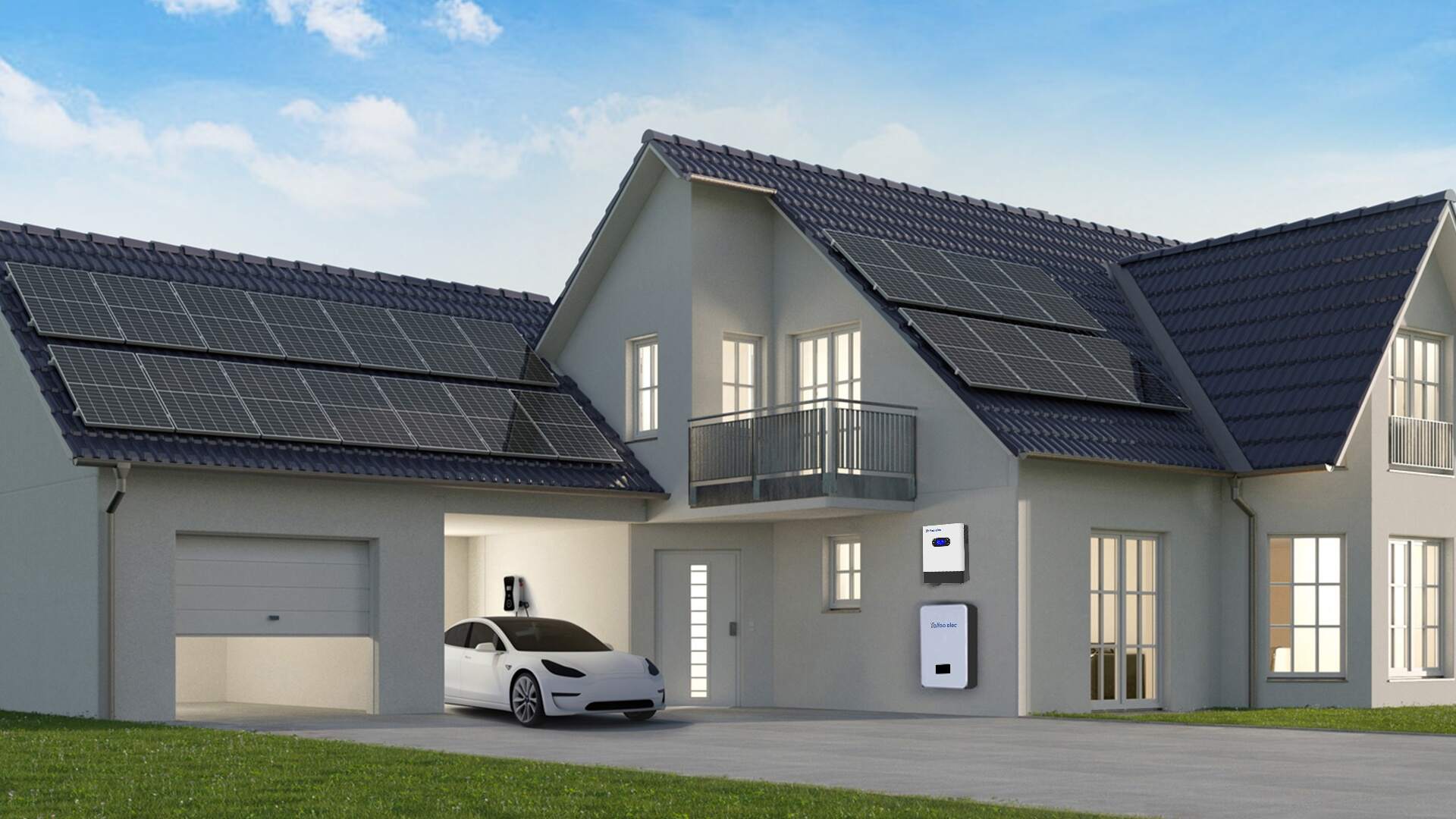Language
Currency


As the global energy landscape shifts toward decentralization and sustainability, home energy storage systems (HESS) have become essential tools for modern energy management. Whether it's to ensure backup during outages, optimize solar self-consumption, or reduce electricity bills through peak shaving, the performance and reliability of an energy storage system are largely determined by battery specifications and proper configuration.
This article provides a comprehensive overview of key battery parameters, configuration principles, and application scenarios—combining technical insight with real-world engineering practice to guide optimal system design.
Battery capacity represents the total amount of energy a system can store. It is typically expressed in ampere-hours (Ah) or kilowatt-hours (kWh). There are two types of capacity to consider:
Nominal Capacity: The rated capacity under standard conditions (e.g., 25°C, 0.5C discharge rate). For example, a 51.2V 100Ah battery has a nominal capacity of 5.12kWh.
Usable Capacity: This depends on the Depth of Discharge (DOD). For instance, at 90% DOD, a 5.12kWh battery offers around 4.61kWh of usable energy.
The C-rate is the ratio of the charging or discharging current to the battery’s nominal capacity:
1C Rate: Fully discharges in 1 hour (e.g., 100Ah battery at 100A).
0.5C Rate: Fully discharges in 2 hours (e.g., 100Ah battery at 50A).
⚡ Engineering Tip: Ensure that your inverter's power output matches the battery's C-rate. For example, at 0.5C, a 51.2V 100Ah battery delivers 2.56kW (51.2V × 50A).
DOD refers to the percentage of the battery's capacity that has been discharged:
Higher DODs result in shorter cycle life.
A LiFePO₄ battery can achieve 6000+ cycles at 80% DOD, but only ~3000 cycles at 100% DOD.
🛠 Design Tip: For residential systems, set DOD at 80–90% to balance battery life and capacity. Always reserve 10–20% buffer for load fluctuations and solar variability.
SOC: Indicates real-time remaining battery charge.
E.g., SOC = 50% means 50% of usable energy is left.
SOH: Reflects the battery’s current health compared to its original capacity.
E.g., SOH = 80% means the battery retains 80% of its original capacity.
These values are monitored by the Battery Management System (BMS), which also handles protections like overcharge, over-discharge, thermal management, and cell balancing.
System Efficiency: Typically 85–90%. A 10kWh battery may provide only 8.5kWh after conversion losses.
Self-Discharge Rate: LiFePO₄ batteries have <3% per month, much lower than lead-acid batteries (5–10%).
Self-Consumption Scenario:
Suppose a household has 17.5kWh of solar generation daily, uses 5kWh during the day and 15kWh at night. A 12.5kWh battery (17.5–5) is recommended to store excess solar and meet nighttime usage.
Backup Power Scenario:
For a poultry farm using four 550W fans for 4 hours:
Energy needed = 4 × 550W × 4h = 8.8kWh
At 51.2V, a battery with ≥172Ah capacity (at 1C) is required.
Power Matching:
Inverter output must be ≥ total load.
E.g., for 5kW loads, use a 6kW inverter.
Voltage Matching:
Battery voltage must match inverter input.
E.g., 51.2V battery with 51.2V inverter.
PV Array Sizing:
For a 10kWh battery with 85% charge efficiency and 4 sun hours/day:
Minimum PV size = 10kWh ÷ (4h × 85%) ≈ 3kW
Electrical Safety:
Include DC circuit breakers and isolators to prevent short circuits and ensure safe maintenance.
Thermal Management:
Use air or liquid cooling for high-power applications; add temperature sensors to avoid thermal runaway.
Redundancy:
Design modular battery packs for easy replacement. Critical appliances (e.g., fridges, ventilators) should have dual power sources.
Load: 4kW, daily usage: 20kWh, with 15kWh at peak rate.
Solution:
Battery: 10kWh (covers ~2/3 of peak demand)
Solar: 5kW system (≈17.5kWh/day)
Inverter: 5kW hybrid inverter
Farm Load: 4 fans × 550W × 4 hours = 8.8kWh
Solution:
Battery: 10kWh
Solar: 3kW system (≈10.5kWh/day)
Inverter: 3kW hybrid inverter
Daily Usage: 10kWh, peak load: 6kW, backup needed for 2 days
Solution:
Battery: 20kWh
Solar: 9kW system (≈32kWh/day)
Inverter: 8kW hybrid inverter
Designing a home energy storage system requires a careful balance between technical specifications, energy needs, system efficiency, and safety considerations. At Yohoo Elec, we leverage top-tier components—like LiFePO₄ cells from EVE—to ensure exceptional reliability, safety, and long-term performance.
As battery technologies advance and costs continue to decline, home energy storage will play a critical role in global energy transformation—enabling families to take control of their energy future.
Error de formato de correo electrónico
emailCannotEmpty
emailDoesExist
pwdLetterLimtTip
inconsistentPwd
pwdLetterLimtTip
inconsistentPwd